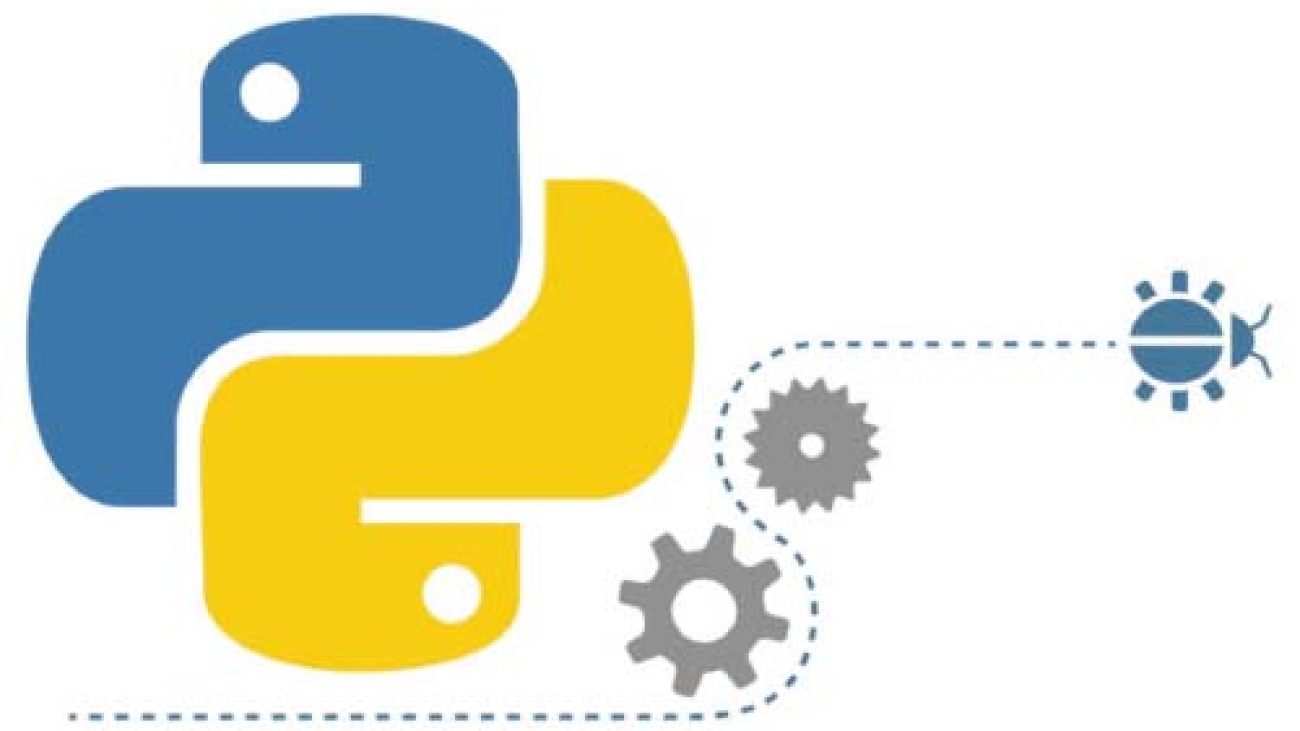Developers seeking a replacement for VMWare’s vSphere environment for virtualized Macs can now access MacStadium’s Orka Platform at the AWS Marketplace.
Reflecting the growing popularity of the Mac platform, Mac cloud and SaaS provider MacStadium’s Orka Platform is now available to purchase at the AWS Marketplace, a move that brings Orka to Amazon EC2 Mac instances.
Mac my devs up
Orka Workspace is a Desktop-as-a-Service (DaaS) solution that delivers Mac desktops through the browser. Making this available via AWS should be a big boost to Mac teams that already use hyperscale cloud providers for non-Mac development.
It follows VMware’s decision to abandon support of Mac in its popular vSphere virtualization environment.
The technology provides a software layer that eliminates demanding manual configuration and maintenance on repetitive processes.
It means they can access as much Mac power as they need to accelerate tasks, without making huge investments in on-premises hardware that may spend the majority of its time unused.
What is Orka Platform?
Orka Platform enables enterprise-grade Mac development in virtualized environments. To achieve this, it uses Kubernetes to create a scalable macOS solution that lets developers access virtual Macs as they need them.
It can scale to handle anything from Xcode builds to fully integrated and complex CI/CD pipelines. The solution can handle Continuous Integration (CI) build runners such as GitHub Actions, Jenkins, GitLab, TeamCity and others.
With more than 10 years’ experience in Macs and servers, MacStadium also provides expert support for Orka Platform users.










